
9 minute read
Luxury packaging: FEVE

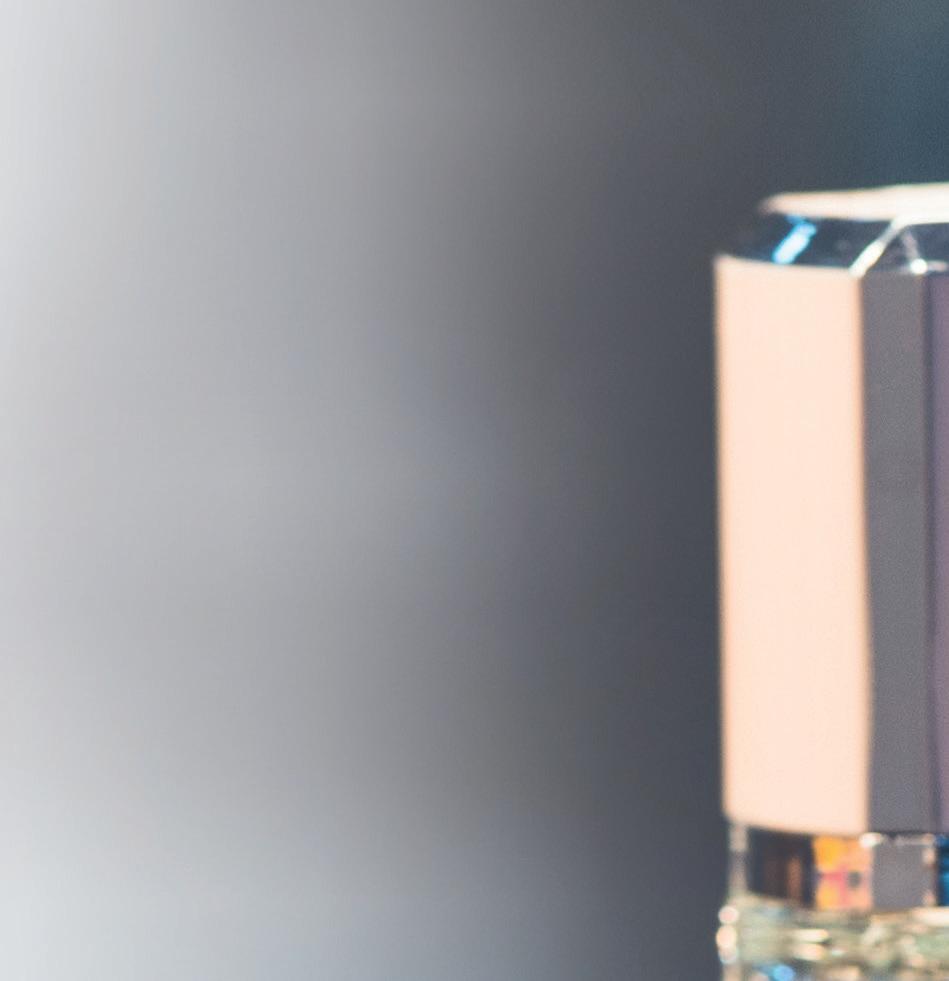

The European luxury industry is an ‘economic powerhouse’ as well as an ambassador of European heritage, art and know-how according to Adeline Farrelly, Secretary General of FEVE.
The industry is responsible for 10% of Europe’s exports and has produced more than 2.1 million direct and indirect jobs.1
The industry is concerned whether sustainability credentials will remain the priority for consumers and brands in the future, especially during an economic crisis and downturn.
FEVE’s Future Made Clear event investigated how luxury brands could survive the times ahead. The panel (Pic 1) was made up of: Michel Gutsatz, President of Le Jardin Retrouvé, a family run maison de parfum, and a professor of marketing; Simone Baratta, Prestige Perfumes Business Unit Director of Bormioli Luigi, an Italian glass producer, which serves beauty and high-end luxury markets; and Patricia Beausoleil, Head of Home & Design at Peclers Paris, a trend forecasting agency that helps clients with their global creative vision.
Future trends
Beausoleil discussed how brands could stay resilient over the next fi ve years. She said the challenge would be to make the luxury sector a benchmark in terms of sustainable development and environmental responsibility (Pic 2). For example, by increasing investments in innovation and industrial solutions, such as materials, production components, recycling and refi llable packaging.
She suggested that ecological issues could turn into opportunities for innovation and brand development.
She said consumers expect more meaning, empathy and commitment associated with the values of luxury brands, which is why environmental issues are an essential factor when considering future trends.
Beausoleil believed sustainability would be one of the three main trends of tomorrow, as well as digitalisation and inclusivity.
She said the digital world could create a multisensorial experience for consumers: “Over the past two years, digital has established a privileged communication channel for maintaining contact with consumers for the brand. Luxury brands have been particularly creative in their way of working on digital, and the phenomenon is still growing.
“As digital is taking this growing place in our daily lives, the challenge for luxury brands will be to bring materiality into virtual universes.”
She suggested that brands could combine their physical products with a digital creation, such as an exclusive launch of a limited-edition product on a company’s website.
The future of luxury glass packaging
There are growing concerns within the glass industry whether luxury brands can survive the challenging times ahead. An expert panel chaired by FEVE* discussed solutions to help the industry remain resilient.
���Pic 1. The webinar panel was made up of representatives from the luxury glass industry.
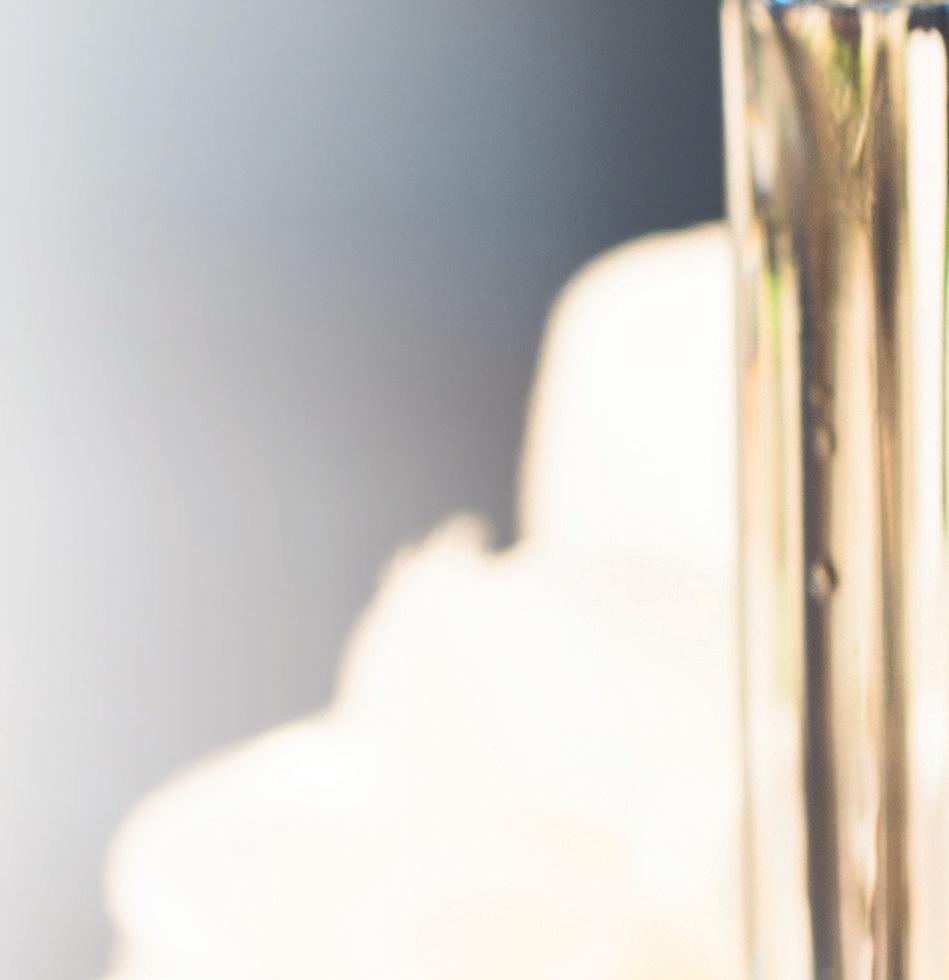
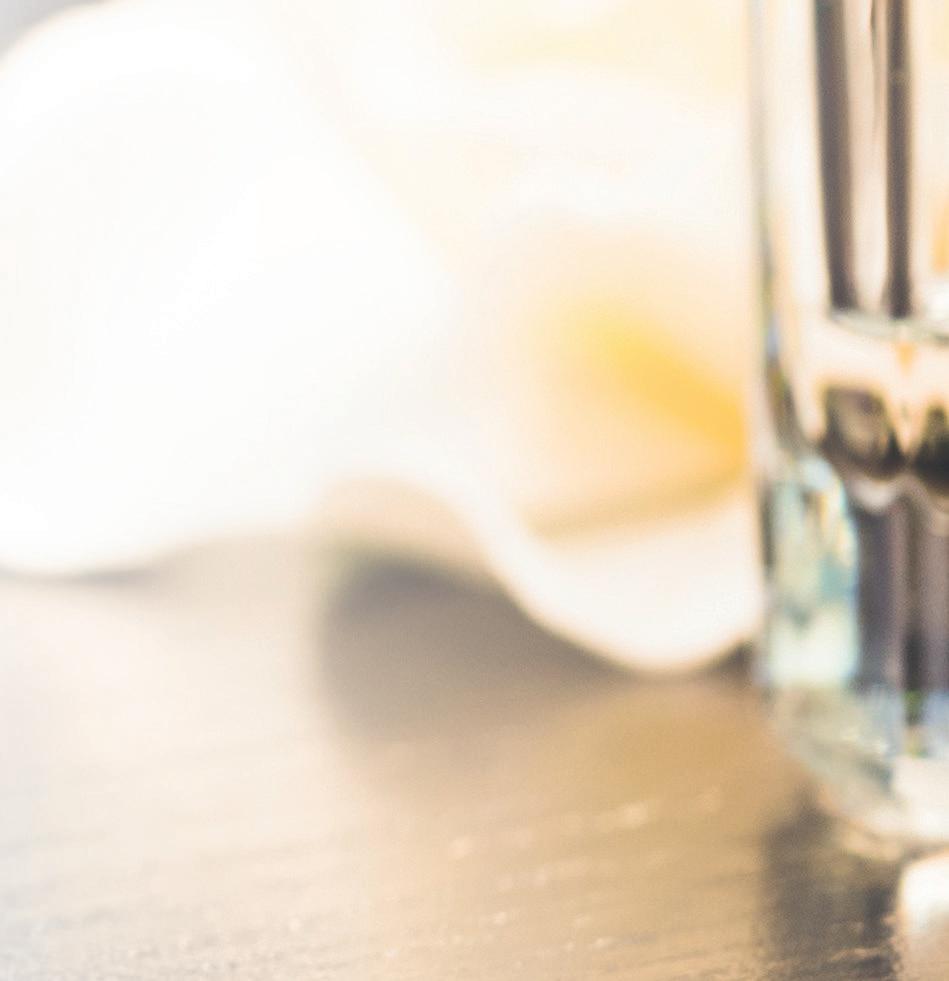
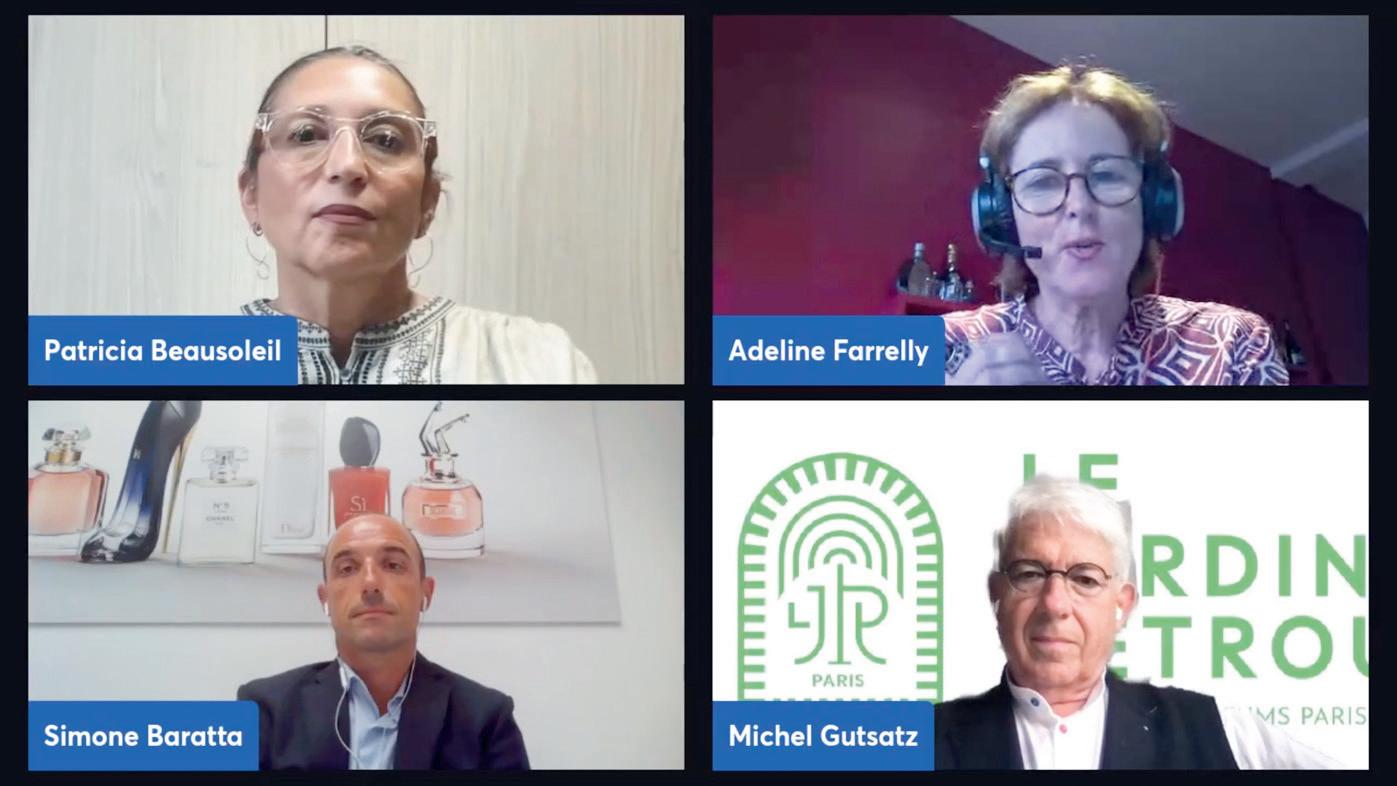
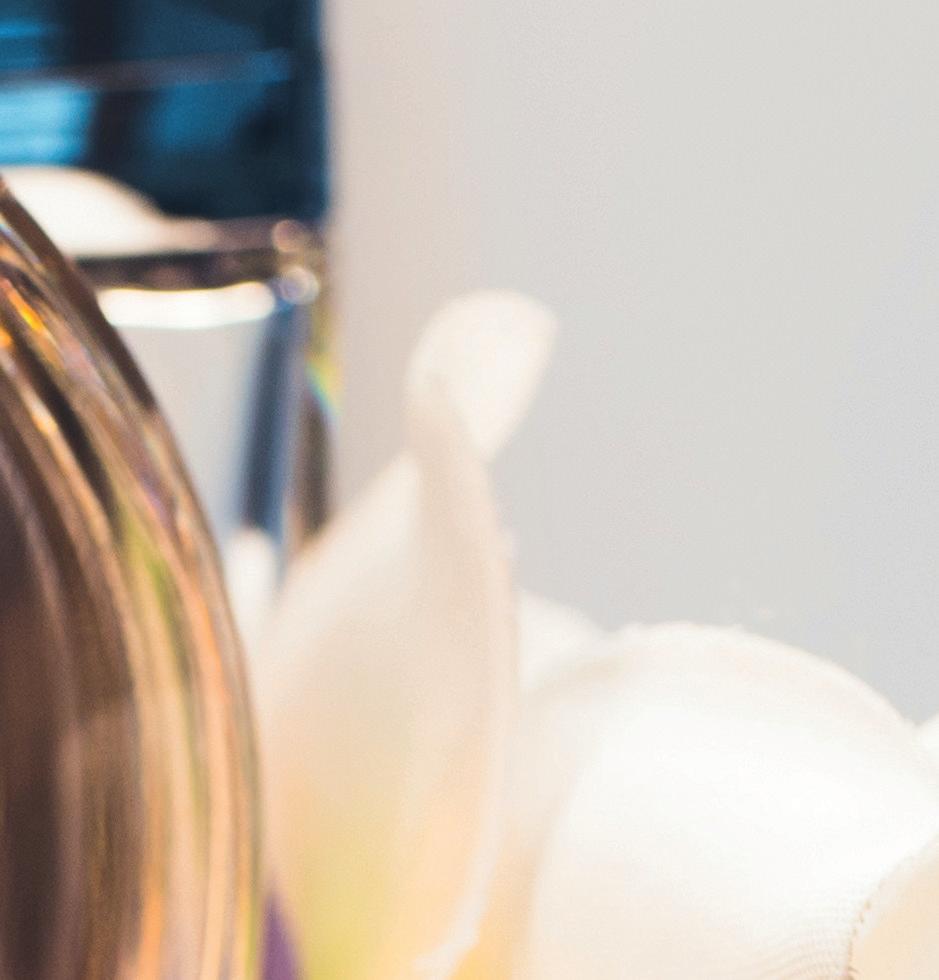


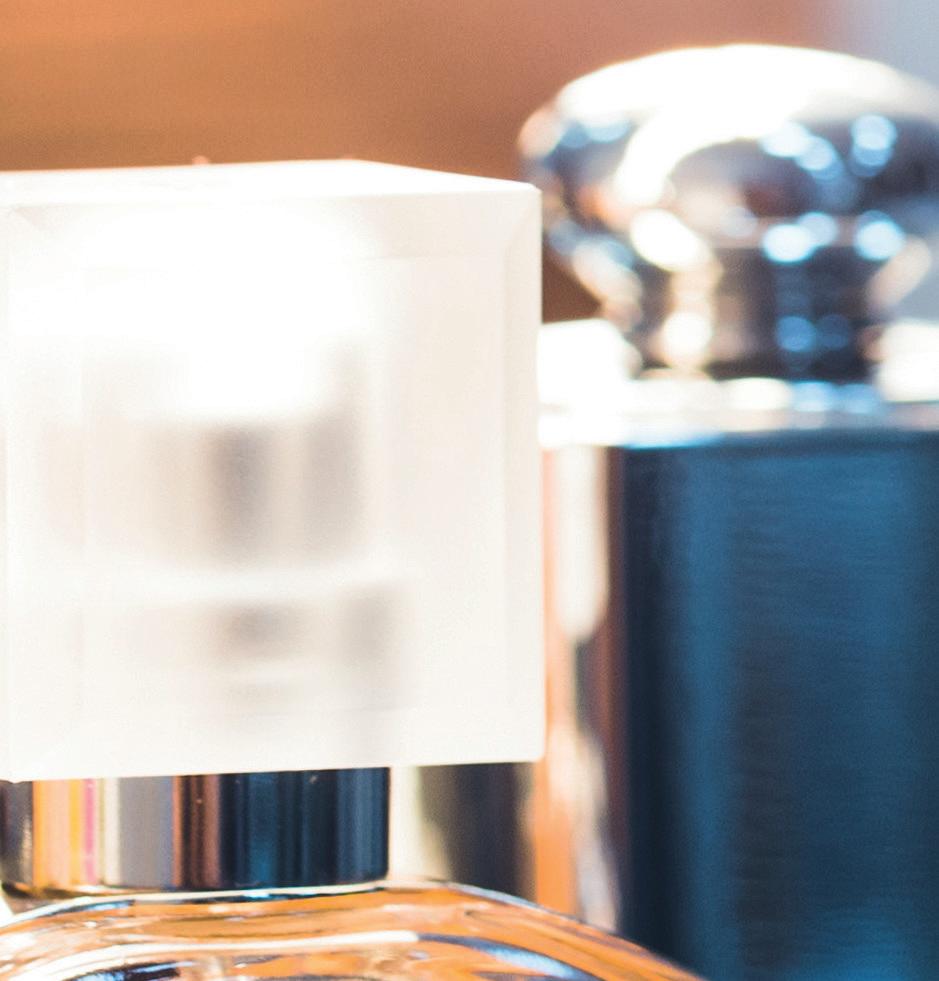

� Pic 3. Patricia Beausoleil believed a growing number of brands would use digital aesthetics on physical products, such as those inspired by the metaverse as illustrated above.

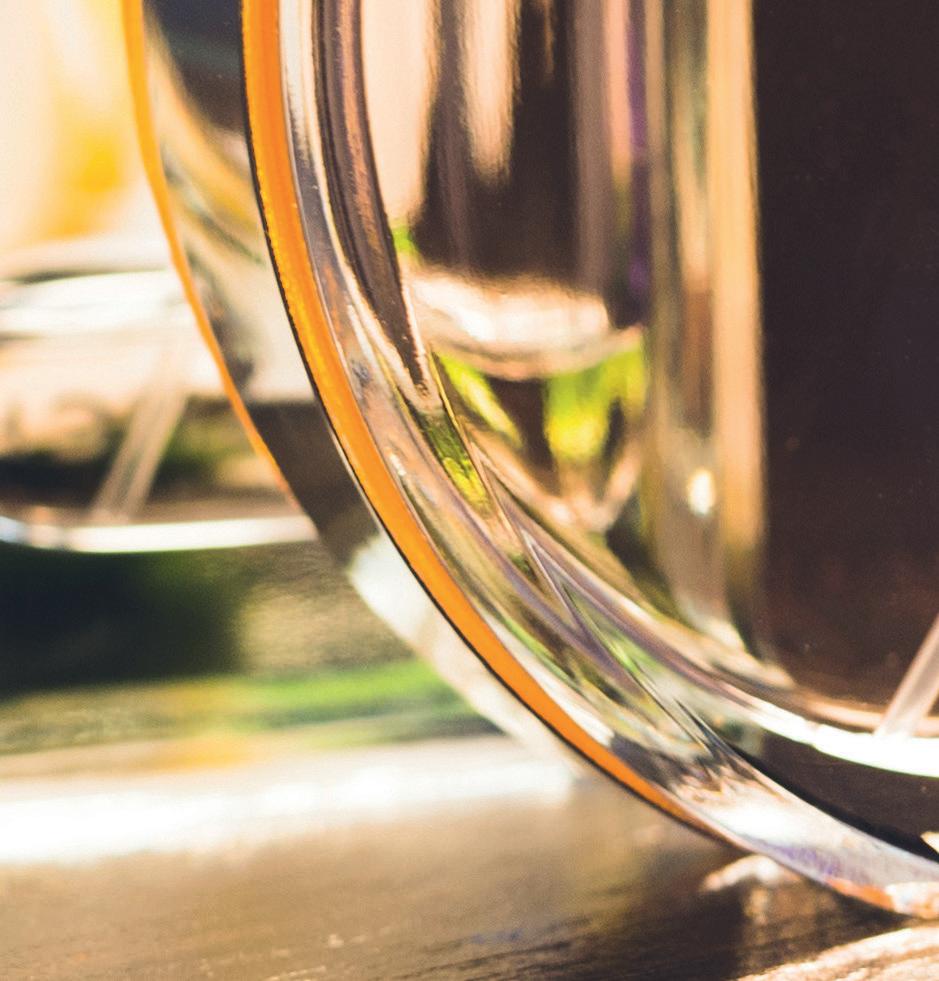
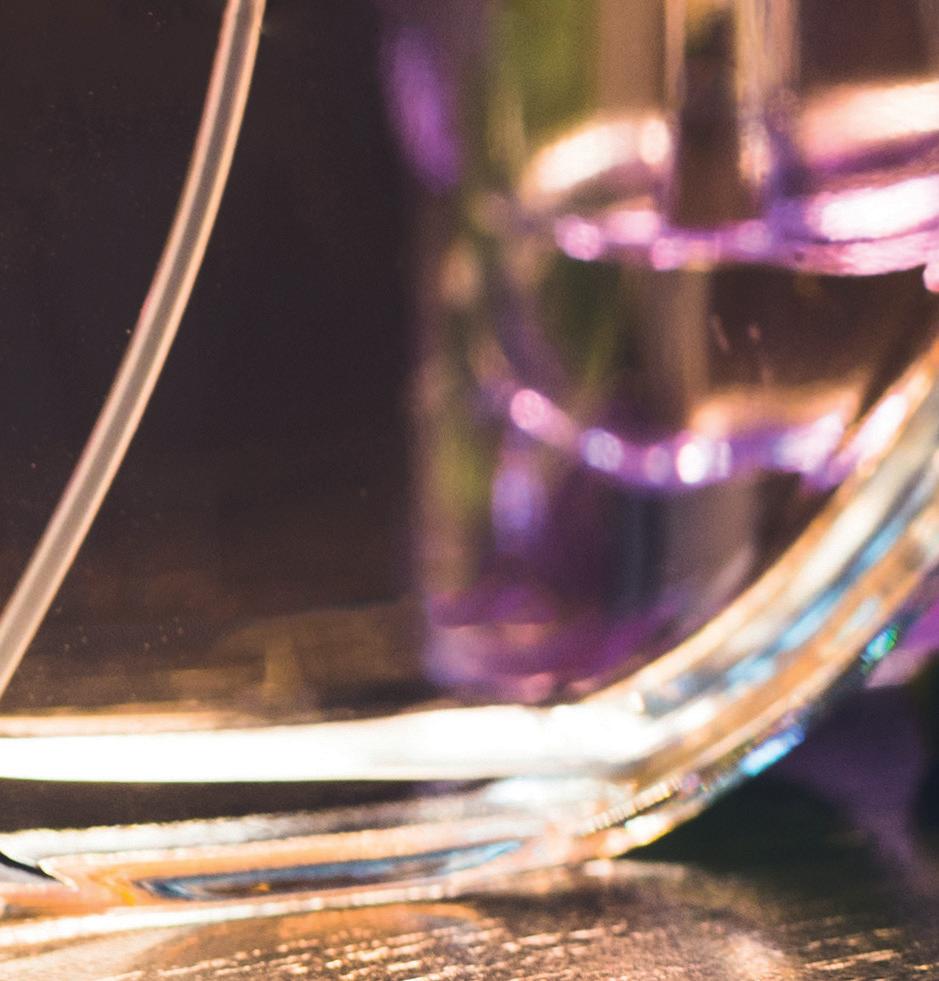


Or using sounds, smells or textures inspired by digital aesthetics on physical products (Pic 3).
She believed blurring the line between the digital and physical would become more common in the future.
The third trend would be the evolution of individual and collective identity codes. For example, redefi ning what is considered as masculine or feminine. She believed de-compartmentalising these identities would allow brands to be more creative, as well as inclusive to all consumers.
On sustainability, Beausoleil also said that enhancing glass imperfections could become a part of eco designs.
For example, lighter glass with more recycled materials could produce bottles of different colours and opacities.
Before this would be considered a defect, but now unique characteristics such as this could provide added value to bottles. For example, by making them stand out on a shelf.
Sustainability
Baratta agreed with Beausoleil’s outline, and suggested that the good performance of the beauty market in the last period was strictly linked to the industry’s ability to propose innovative solutions and new sustainable packaging.
He believed that co-operation was essential for inventing further sustainable solutions to decarbonise the industry.
He said that glass would certainly have a role in this, due to its infi nite recyclability, but the challenges of decarbonisation would need new packaging solutions.
He suggested that packaging should ‘reinterpret’ sustainability, not only through its material, but with a new use – such as a refi llable solution or an extremely lightweight one.
He said: “If we want to answer the diffi culty of the present, we have to invest in the solution for the future.”
Bormioli Luigi is currently working on its processes to reduce its impact on the environment. Baratta said the company had been pioneers of electrical melting for many years, and was co-operating with members of the ‘Divina’ project (Decarbonisation of the Glass Industry: Hydrogen and New Equipment) which aims to reduce emissions through hydrogen melting.
The company is also working with its customers and partners to propose new packaging designs, such as its EcoLine – an ultra-light proposal for jars and bottles – as well as solutions for refi llable packaging, both in skin care and perfumery.
He said: “I think we should re-interpret some of the guidelines we’ve had up to now, but sustainability for sure will be one of the most important factors for the future.”
Refi llable bottles
Le Jardin Retrouvé has produced refi llable perfume bottles for the last fi ve years, using a screw neck design as opposed to a crimped one.
Gutsatz described the crimped bottle was the perfumery industry’s “original sin”.
He believed the crimped design has led to consumers throwing away the entire bottle when some of its features could be recycled, which creates waste.
He said: “We are in a society which does not accept waste anymore. So, we’ve decided from the very beginning to have refi llable bottles and refi lls which are recyclable.”
Baratta also believed that a refi llable solution could be important for the future: “From our point of view, an industrial point of view, we see a very strong tendency of the brands moving from the crimped neck to the screw neck, or fi nally to bottles that are potentially refi llable.
“However, I think it’s a little be early to say if this can become a trend or if it can just remain for some niche or specifi c use.”
Le Jardin Retrouvé makes its own screw neck bottles as refi llable bottles are hard to source on the market.
Therefore, Gutsatz suggested that a standardised bottle or system for refi llable products is needed: “It’s up to the industry to change the business models that are in place today – recyclable and refi llable are not the same thing, but luckily glass can be both.”
Marketing
However, from a marketing point of view, Gutsatz believed that if there were a standardised process, luxury brands would struggle to stand out to consumers.
He said for a luxury brand to be successful, it would need distinctive marketing assets such as colour, shape or touch; the product must be a multisensory experience as Beausoleil previously highlighted. This allows a brand to stay in a customer’s mind and memory, for example, the shape of the Coca-Cola or Absolut bottles.
Baratta also recognised the challenge to be sustainable as well as distinctive: “I think it’s important for luxury brands, as well as everybody else in this industry, to be very agile in taking up the new trends and the new messages that we want to give to the fi nal consumer.
“For sure, it will be important for the consumer to feel comfortable in choosing a product that is clearly perceived as a sustainable product. But whenever the market can offer added value through innovative or sustainable solutions, it remains very important for the brands to be recognisable.”
He suggested that for brand recognition, luxury brands would need to create models to involve customers in the purchasing process. He said that new digital solutions are being used by an increasing number of brands, as Beausoleil indicated.
Gutsatz added that many brands underestimate the impact packaging will have on the decision making of the costumers, particularly if there is no communication: “Changing just the packaging, not the product, without communication can decrease sales by 40%, while doing it successfully can increase sales by 40%.”
EU legislation
Farrelly said that the EU Packaging and Packaging Waste Directive (PPWD) would be reviewed in Europe at the end of the year.
The PPWD is the centrepiece of EU legislation on packaging and packaging waste.2 The objectives of the directive are to improve the environmental performance of packaging and to facilitate the correct functioning of the EU Internal Market.
The directive sets out recycling targets of used packaging for EU Member States. It also contains the essential requirements for packaging that aim to reduce packaging waste and to put forth design requirements that cater to a wide range of packaging materials and packaged goods. Packaging that meets these requirements is guaranteed free circulation in the EU.
Farrelly said one of the measures that is being discussed is to reduce the marketing performance criteria from packaging. This could impact the creativity of future packaging that brands can use.
Baratta said: “The decision cannot forget the role that packaging has in the marketing and in the communication, not only in the beauty industries but in many other industries. I cannot imagine a complete elimination of this weight.”
He added that from a technical point of view, it would not be possible to measure the environmental impact of the packaging by just considering one parameter: “This is not only about the weight or material or the solution for the closure. It is a unique conception that you can have behind the packaging that is done by many different solutions.”
Gutsatz also believed that this measure would not happen, and that brands would have to be responsible in the way that they market their product.
He also highlighted the balance between a sustainable and a highquality product: “Customers have high expectations.
“All studies suggest that what is luxury is considered heavy, and vice versa. How much glass can you take away from a bottle before customers feel that it is just a mainstream mass product?” He added that the government actors would have to take this into consideration.
Beausoleil said: “If [the] luxury [industry] wants to be consistent with the challenges of its time, it must adapt to new modes of consumption. So, luxury must return to its very essence.”
She elaborated that luxury brands would need an increased quality requirement, would use local materials (vital for sustainability), have limited and local production (to increase decarbonisation), highlight its timeless know-how, and, above all, be unique. �
*FEVE (European Container Glass Federation), Brussels, Belgium https://feve.org/
Link to talk: https://www.linkedin.com/video/event/ urn:li:ugcPost:6960945599584063488/
References:
1. https://altagamma.it/media/source/ REPORT_ECCIA_Bain%26Co_V11.pdf 2. https://www.europen-packaging.eu/ policy-area/packaging-and-packagingwaste-directive/










